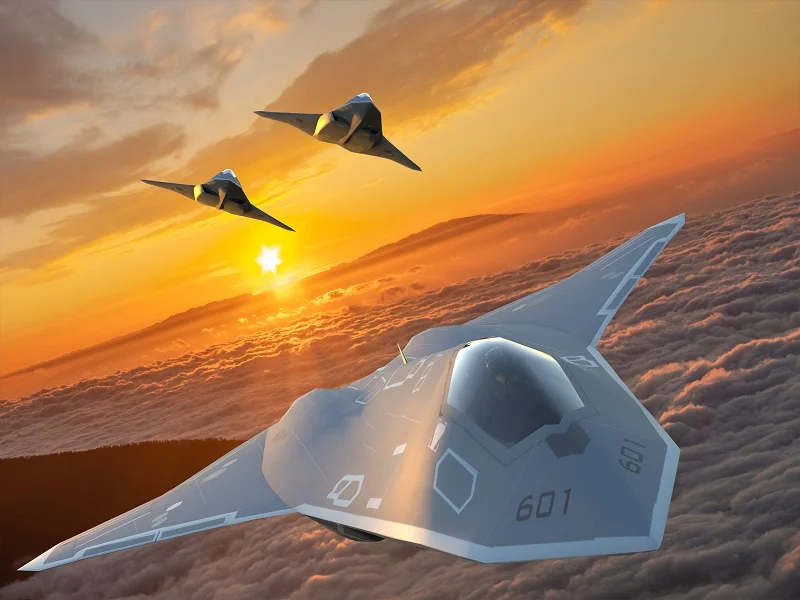
After years of work that are understood to have included the construction of flying demonstrators, still subject to strict secret, the USAF had hoped to award a contract for its future 6th generation fighter this year, but in front of the expected price, the whole process has stalled.
Air Force Secretary Frank Kendall said in June that NGAD was estimated to be heading for a 300 million price tag per aircraft, which would make it difficult to procure meaningful numbers. Ever since, the USAF has been “re-evaluating” concepts and options to bring down costs.
The “solution” that seems to be favoured is to revise the balance even more in favour of the uncrewed companion to the manned 6th gen aircraft, the Collaborative Combat Aircraft. NGAD has always been intended as a “system of systems” but now the balance of effort between Crewed and Uncrewed, jet and weapons and other “effectors” (such as EW, for example) is more than ever up in the air again.
Vice Chief of Staff Gen. Jim Slife said recently that the USAF is conducting a wholesale rethinking of how it will achieve air superiority, a fundamental question that throws the entire project in some ways back to square one. Since June, Kendall and other officers have suggested that fundamental decisions are now being reconsidered, for example regarding the engine, which he suggested might end up being smaller and less complex. Obviously, any such change would in turn force the aircraft to get smaller and lighter. It is doubtful, at this point, whether the still unknown X-plane that came out of the Aerospace Innovation Initiative will retain much relevance to what will eventually emerge as NGAD.
Despite efforts from the same officers to calm fears on the future of the program, it is increasingly difficult to imagine NGAD being anywhere near ready in the early 30s as it was supposed to be. Its very conceptual basis are being put in doubt. Indirectly, the validity of work carried out so far by General Electric Aerospace and Pratt & Whitney which have each developed their own versions of an adaptive engine is also being called in question.
The engine demonstrators are said to be extremely impressive performance-wise, but their cost is holding back their actual employment. Adaptive engine options proposed for the F-35 were abandoned due to their cost and now applicability to NGAD is also in doubt.
At the moment it is hard to imagine NGAD will move a decisive step forward in the FY 2026 budget as once planned. It won’t disappear, but at the moment the crewed portion of the project seems in serious trouble. It could be to the benefit of the CCA, at least.








.png)
